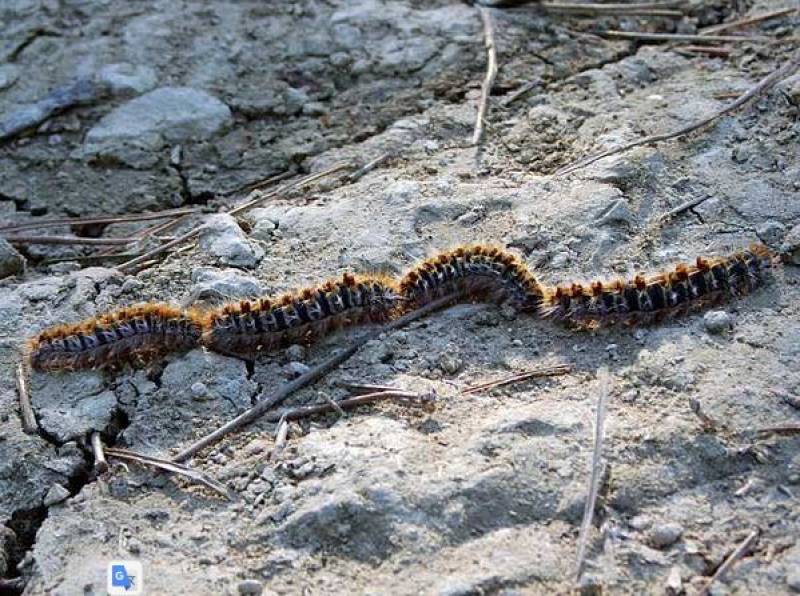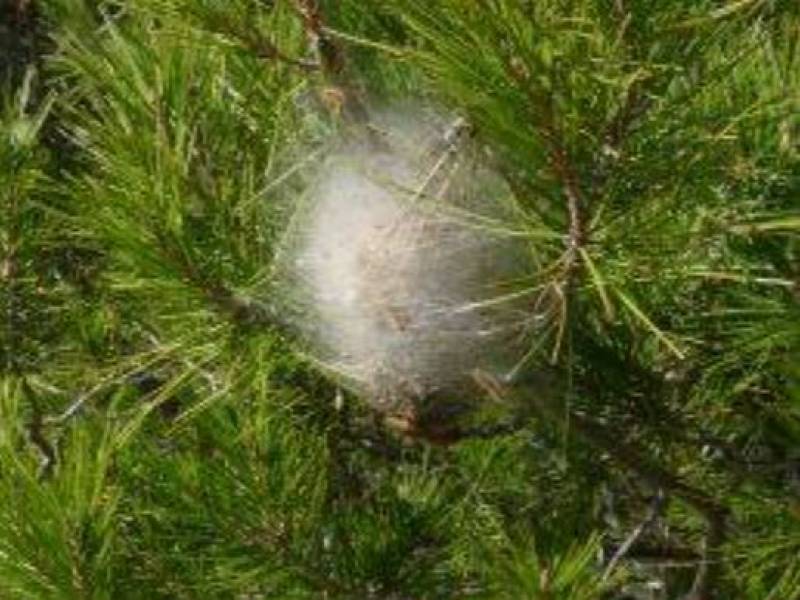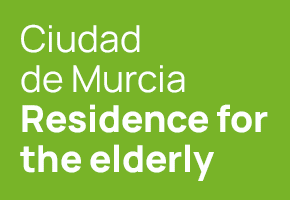- Region
- Águilas
- Alhama de Murcia
- Jumilla
- Lorca
- Los Alcázares
- Mazarrón
- San Javier
-
ALL AREAS & TOWNS
- AREAS
- SOUTH WEST
- MAR MENOR
- MURCIA CITY & CENTRAL
- NORTH & NORTH WEST
- TOWNS
- Abanilla
- Abarán
- Aguilas
- Alamillo
- Alcantarilla
- Aledo
- Alhama de Murcia
- Archena
- Balsicas
- Blanca
- Bolnuevo
- Bullas
- Cañadas del Romero
- Cabo de Palos
- Calasparra
- Camping Bolnuevo
- Campo De Ricote
- Camposol
- Canada De La Lena
- Caravaca de la Cruz
- Cartagena
- Cehegin
- Ceuti
- Cieza
- Condado de Alhama
- Corvera
- Costa Cálida
- Cuevas De Almanzora
- Cuevas de Reyllo
- El Carmoli
- El Mojon
- El Molino (Puerto Lumbreras)
- El Pareton / Cantareros
- El Raso
- El Valle Golf Resort
- Fortuna
- Fuente Alamo
- Hacienda del Alamo Golf Resort
- Hacienda Riquelme Golf Resort
- Isla Plana
- Islas Menores & Mar de Cristal
- Jumilla
- La Azohia
- La Charca
- La Manga Club
- La Manga del Mar Menor
- La Pinilla
- La Puebla
- La Torre
- La Torre Golf Resort
- La Unión
- Las Palas
- Las Ramblas
- Las Ramblas Golf
- Las Torres de Cotillas
- Leiva
- Librilla
- Lo Pagan
- Lo Santiago
- Lorca
- Lorquí
- Los Alcázares
- Los Balcones
- Los Belones
- Los Canovas
- Los Nietos
- Los Perez (Tallante)
- Los Urrutias
- Los Ventorrillos
- Mar De Cristal
- Mar Menor
- Mar Menor Golf Resort
- Mazarrón
- Mazarrón Country Club
- Molina de Segura
- Moratalla
- Mula
- Murcia City
- Murcia Property
- Pareton
- Peraleja Golf Resort
- Perin
- Pilar de la Horadada
- Pinar de Campoverde
- Pinoso
- Playa Honda
- Playa Honda / Playa Paraíso
- Pliego
- Portmán
- Pozo Estrecho
- Puerto de Mazarrón
- Puerto Lumbreras
- Puntas De Calnegre
- Region of Murcia
- Ricote
- Roda Golf Resort
- Roldan
- Roldan and Lo Ferro
- San Javier
- San Pedro del Pinatar
- Santiago de la Ribera
- Sierra Espuña
- Sucina
- Tallante
- Terrazas de la Torre Golf Resort
- Torre Pacheco
- Totana
- What's On Weekly Bulletin
- Yecla


- EDITIONS:
 Spanish News Today
Spanish News Today
 Alicante Today
Alicante Today
 Andalucia Today
Andalucia Today
Date Published: 12/02/2025
Pet owners beware: Lethal processionary caterpillars have already made an appearance in Spain
The season for this potentially deadly pest has arrived earlier thanks to the mild temperatures across Spain

The processionary caterpillar season is arriving earlier and earlier each year as global temperatures climb and thanks to the unseasonably mild winter we’ve been experiencing in Spain, these deadly critters have already made an appearance in towns and cities across the country. When they descend from the pine trees in vast numbers, these insects can prove lethal to pets, and even young children.
Years back, processionary caterpillars wouldn’t start emerging until the weather began heating up in March or April, but climate change means that thousands of nests have already been spotted in early February.
So dangerous are these pests that the authorities have issued several warnings on social media:
“Be very careful if you are walking with your dog and you see a processionary caterpillar. It has stinging hairs that can cause a very serious reaction,” said the Guardia Civil on TikTok.
 The National Police added on X: “The processionary caterpillar has come early this year and we must be vigilant in places where there are pine trees.”
The National Police added on X: “The processionary caterpillar has come early this year and we must be vigilant in places where there are pine trees.”The insects get their name from the curious way they move around on the ground. The offspring of Thaumetopoea pityocampa, commonly known as the processionary moth, spend the winters in tent-like nests in pine trees. Once the weather becomes milder, the caterpillars climb down from the trees in a single-file ‘procession’ and form a striking nose-to-tail column once on the ground. They are a sight to behold as they make their way to cover, and so are especially dangerous when it comes to curious young children and dogs.
Their bodies are covered in around 500,000 tiny hairs called trichomes which they release like poisoned darts when they feel threatened, often into the faces of animals.
“At that moment, it is easy for the trichomes to get stuck in the animal's nose or eyes, causing symptoms such as inflammation, intense itching and abundant salivation. If they eat them (which is not uncommon if they have previously touched one with their paws and lick them because they are itching), the ingestion of the toxic substance that carries their trichomes can cause necrosis of the tongue or throat,” explained the national association of environmental health companies, Anecpla.
 Dog owners are advised against walking their pets through any parks or public gardens with pine trees and if they do come across a procession, they should give it a wide berth. Since the trichomes can also cause skin irritations in humans, a tip is to wear closed-toe shoes and long trousers.
Dog owners are advised against walking their pets through any parks or public gardens with pine trees and if they do come across a procession, they should give it a wide berth. Since the trichomes can also cause skin irritations in humans, a tip is to wear closed-toe shoes and long trousers.If pets or people develop any symptoms after coming into contact with processionary caterpillars, medical attention should be sought immediately.
Images: Cuidado con la oruga procesionaria
Loading
See more news about animals in Spain:
OR
Sign up for the Spanish News Today Editors Roundup Weekly Bulletin to get a comprehensive email with all the week’s news for Spain, Murcia, Alicante and Andalucía.
Get a sneak peek – here are a few of our recent Subscription Bulletins:
Discount Special Offer subscription:
36.95€ for 48 Editor’s Weekly News Roundup bulletins!
Please CLICK THE BUTTON to subscribe.
Contact Murcia Today: Editorial 000 000 000 /
Office 000 000 000


























